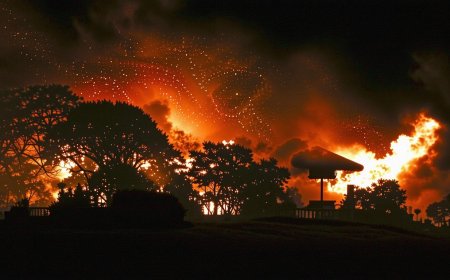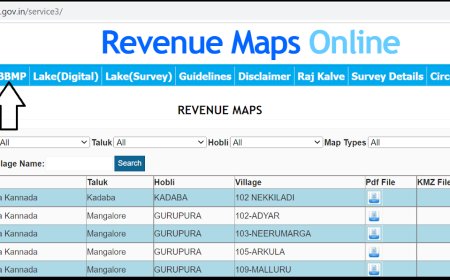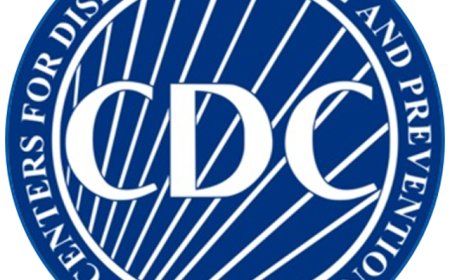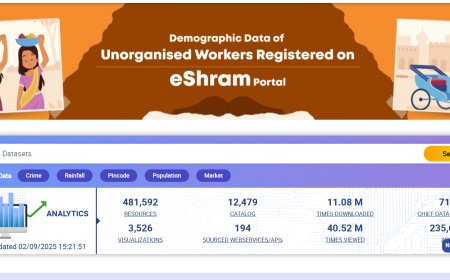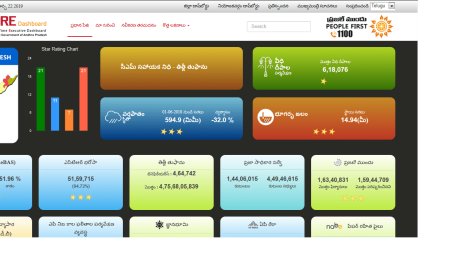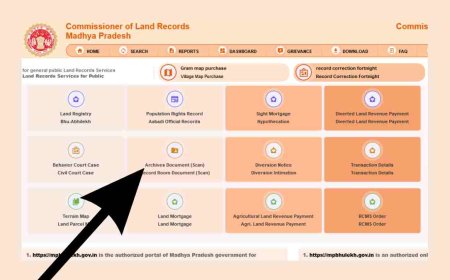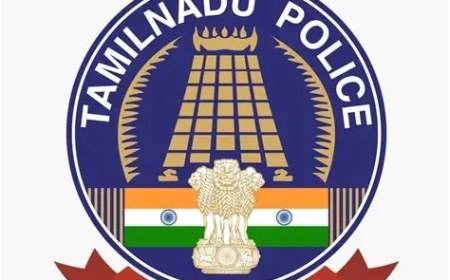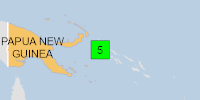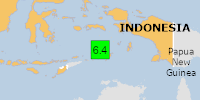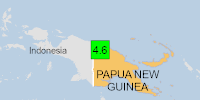How Many Countries Are There in the World?
Discover how many countries exist globally and why the number may vary.
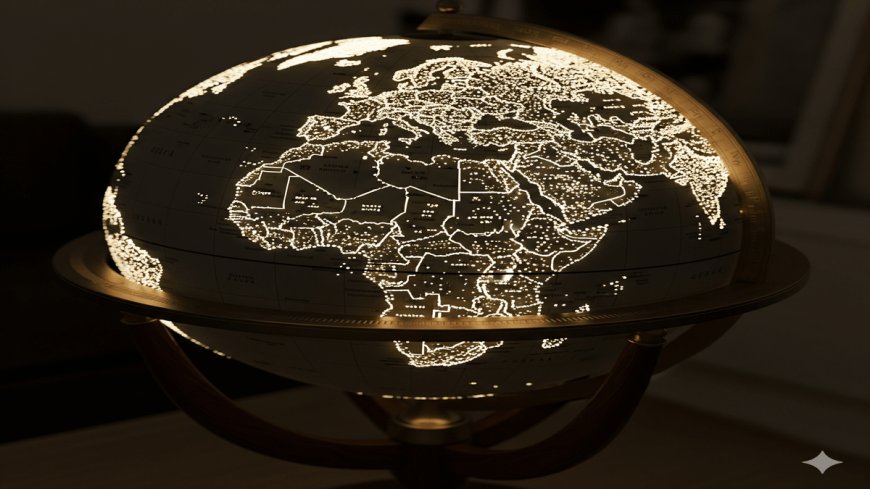
How Many Countries Are There in the World? A Comprehensive Guide
Ever wondered how many countries make up our world? It's a seemingly simple question with a surprisingly complex answer. Whether you're a geography enthusiast, a curious traveler, or someone with a thirst for trivia, understanding the number of countries in the world and how this number can change is fascinating. Let's dive into the intricacies of global geopolitics and explore why the answer isn't as straightforward as it seems.
Understanding the Basics: What Defines a Country?
Before we count, it's essential to understand what qualifies as a 'country.' In most contexts, a country is a distinct territorial body or political entity recognized under international law. Countries are sovereign states with defined borders, governance, and the ability to enter into relations with other states.
United Nations Membership
The most common reference for the number of countries is the list of United Nations (UN) member states. As of now, there are 193 member countries in the UN. This figure is often used as a baseline because UN membership is widely regarded as a hallmark of international recognition.
Beyond the UN: Other Recognized Entities
While the UN provides a clear list, it's not exhaustive. There are entities that hold significant international standing but are not UN members. For example, the Holy See (Vatican City) is recognized as a sovereign entity and has a permanent observer status at the UN, bringing the count to 194 when included with UN members.
Disputed Territories and Partially Recognized States
The global political landscape includes several regions with disputed status or limited recognition. These include Taiwan, Western Sahara, Kosovo, and Palestine. Each of these territories has varying degrees of recognition by UN member states, further complicating the global count.
For instance, Taiwan operates as a separate government from China, but due to political pressures, it isn't a UN member. Kosovo declared independence from Serbia in 2008 and is recognized by over 100 countries, yet is not a UN member. Depending on the criteria used, the count can fluctuate.
Why the Number May Change
The number of countries is not static. Political changes, such as the dissolution or unification of states, can alter the count. Historical examples include the breakup of the Soviet Union and Yugoslavia, which led to the emergence of new countries. Similarly, future geopolitical shifts could influence the number of recognized countries.
Recent Changes and Future Prospects
In recent years, South Sudan became the newest UN member in 2011, following its secession from Sudan. This highlights how geopolitical changes can lead to new statehood. Looking ahead, regions like Catalonia and Scotland have movements advocating for independence, which could potentially increase the count of recognized countries.
Conclusion: A World of Complexity
The question of how many countries there are in the world is more complex than a simple number. It involves understanding international recognition, political status, and the ever-evolving nature of global politics. Whether you're counting UN members or considering broader criteria, the number can range from 193 to over 200.
Curious to learn more about the fascinating world of geopolitics and international relations? Stay informed by exploring reputable news sources and educational platforms. Knowledge of global affairs not only enriches your understanding but also connects you to the diverse tapestry of human society.
What's Your Reaction?
 Like
0
Like
0
 Dislike
0
Dislike
0
 Love
0
Love
0
 Funny
0
Funny
0
 Angry
0
Angry
0
 Sad
0
Sad
0
 Wow
0
Wow
0


